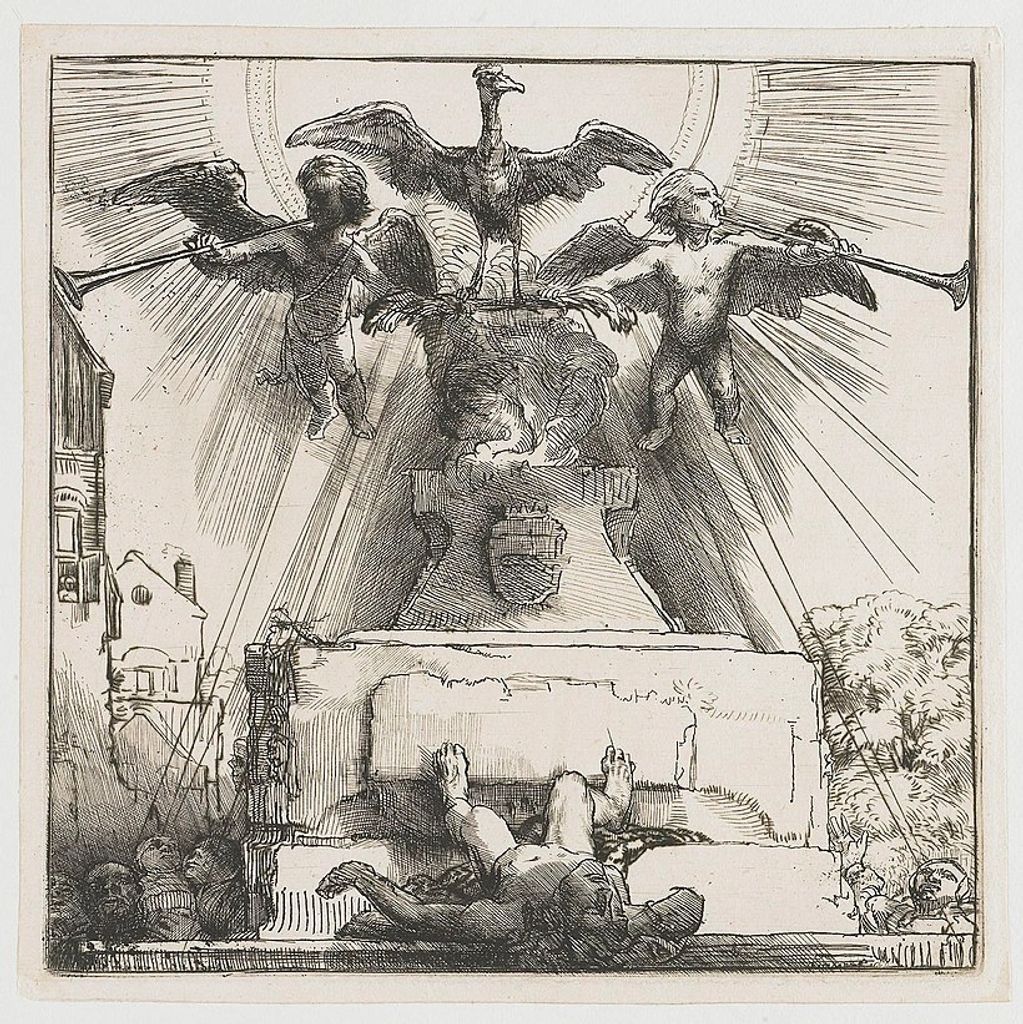
The Presentation of Rembrandt's Insolvency (photo courtesy of The Leiden Collection, NYC)
Judge Clarkson's hour-long lecture and PowerPoint presentation of the life and 1656 Bankruptcy of the Dutch artist Rembrandt van Rijn paints a unique picture of art, personality, the loves of his life, and his overwhelming financial successes and failures. Descriptions of unusual mortgages and defaults, disingenuous bankruptcy planning, fraudulent transfers, litigation and appeals, secret corporations to avoid creditors, and disputes with patrons — all of which present remarkable similarities between the Dutch legal system of the 17th Century and Title 11 (the U.S. Bankruptcy Code) in the United States today.
Previously presented over 30 times in 2018, 2019, 2020, and 2021 in NYC, San Francisco, Denver, Portland (Oregon), Los Angeles, Orange County, CA, Cincinnati, Minneapolis, San Diego at the Timken Museum, the American University in Washington, D.C., the National Arts Club in New York City, Charlottesville, VA and Indianapolis, Indiana.
Fine art and fiduciary drama intersect in the world of Rembrandt van Rijn, whose life and times (1606-1669) are an object lesson in how passion interplays with a need for sound financial planning and a good bankruptcy and estate lawyer.
Rembrandt's Works During and After the Financial Troubles

Titus at His Desk,1655,The Museum Boijmans Van Beuningen, Rotterdam. In the fifteen years before his death in 1669, Rembrandt suffered one terrible reversal after another. In 1654, his common-law wife Hendrickje Stoffels was condemned for her relationship with Rembrandt, and this led some important clients to ostracize him. Combined with a multitude of other financial difficulties, he petitioned f

Jacob Blessing the Children of Joseph, 1656, The Gemäldegalerie Alte Meister in Kassel, Germany.
Painted in the year of his petition for Cessio Bonorum. His prestige as an artist also fell in these years.The dark lighting and rough brushwork of his pictures were deemed unfashionable by many. While still able to attract the occasional attention of major patrons—the Grand Duke of Tuscany Cosimo III

One of Rembrandt's greatest group portraits, The Sampling Officials of the Amsterdam Drapers’ Guild, also known as The Syndics, was painted in 1662. Located at the Rijksmuseum, Amsterdam, which describes the painting at his past great collective portrait. It was painted six years after his petition and seven years before his death
The Financial Crisis Etchings - Etchings Made During and After Cessio Bonorum

The Phoenix or The Statue Overthrown.1658. Two years after petitioning for Cessio Bonorum, and the year Rembrandt was forced to leave his house at Jodenbreestraat 4, Amsterdam. But, I'd like to think that Rembrandt believed he was the Phoenix rising, not the statue.

Christ appearing to the Apostles. The Metropolitan Museum of Art, New York. Produced the year of Cessio Bonorum.1656.
Described by the Rijksmuseum, "Rembrandt often varied the degree to which he finished a composition. Sometimes he went into exceptionally fine detail, as if the print were a painting; at other times he hardly allowed himself more than a few outlines. In this representation of Christ

Jan Lutma,Goldsmith.1656.The Metropolitan Museum of Art, New York. Produced the year of Cessio Bonorum.
Johannes (Jan) Lutma (the elder) was a renowned Dutch silver and goldsmith.
Rembrandt and Lutma were close friends. Indeed, Lutma's son, Johannes Luitma the Younger, was an exceptional artist and studied under Rembrandt in his studio.
See more here: https://en.wikipedia.org/wiki/Johannes_Lutma
N
rvrbk.com
Copyright © 2025 rvrbk.com - All Rights Reserved.
Powered by GoDaddy Website Builder